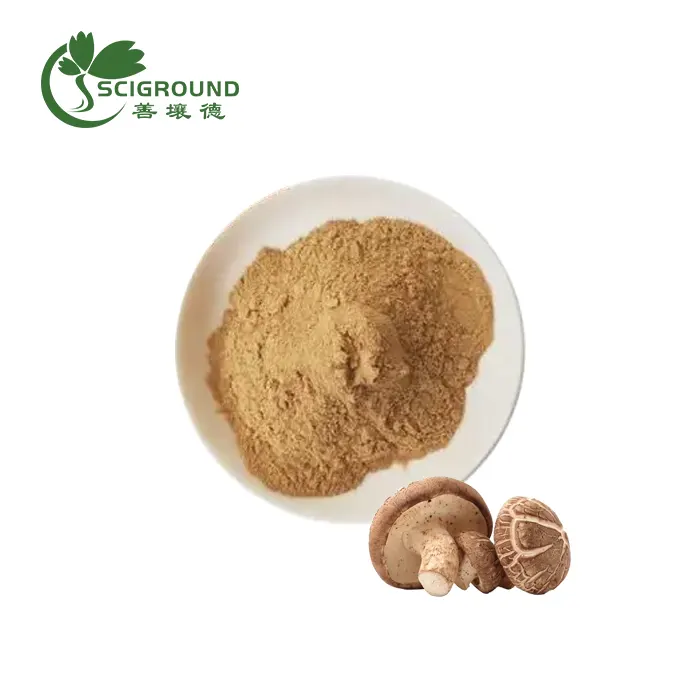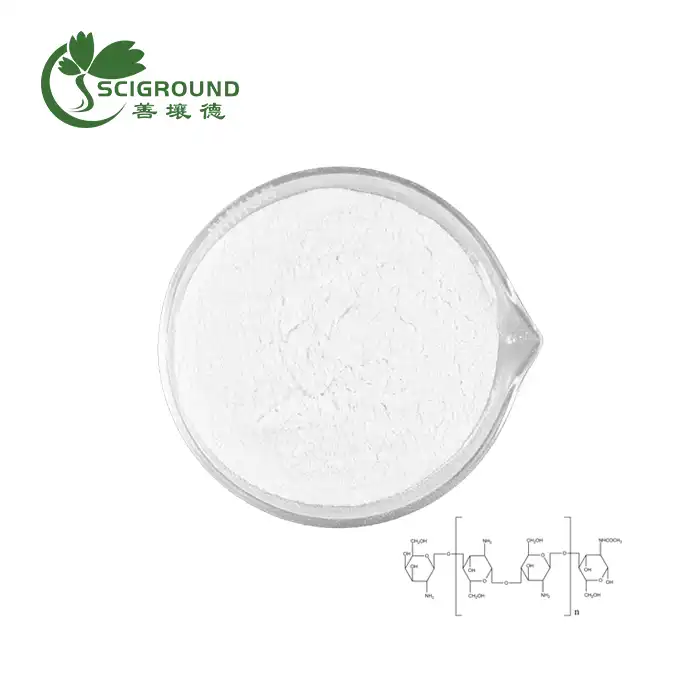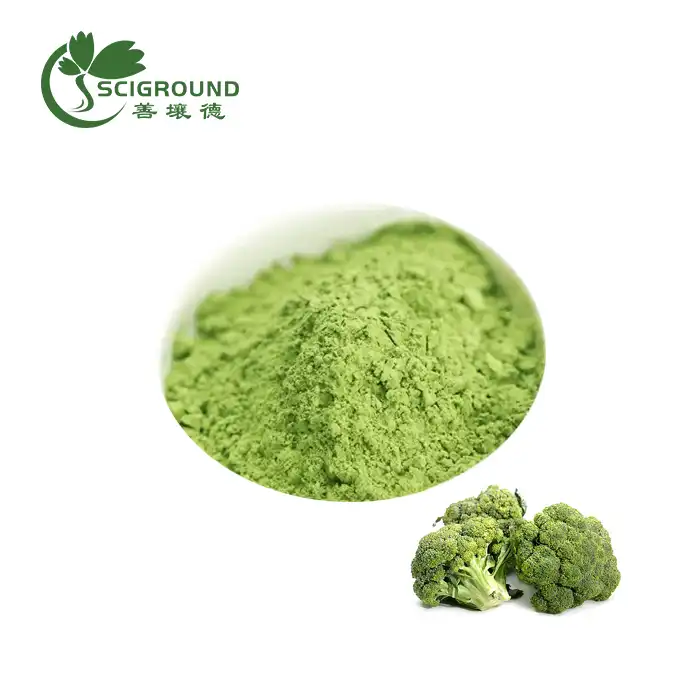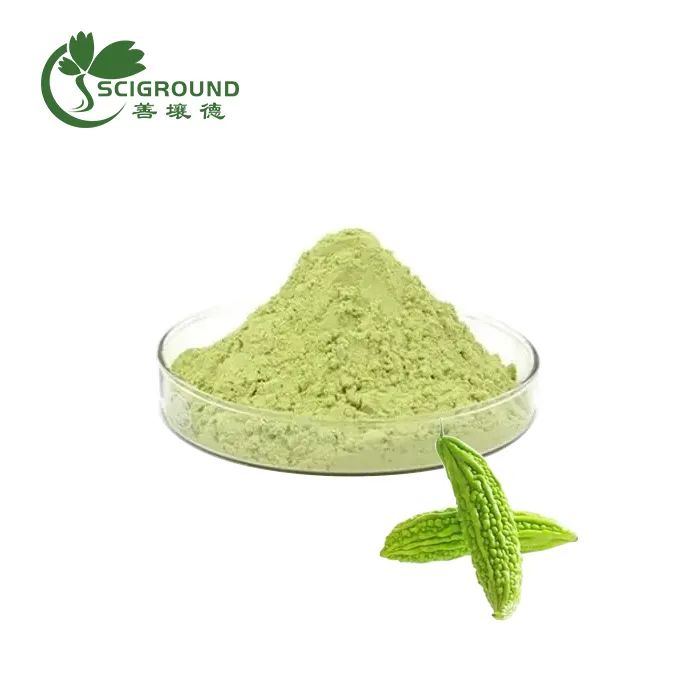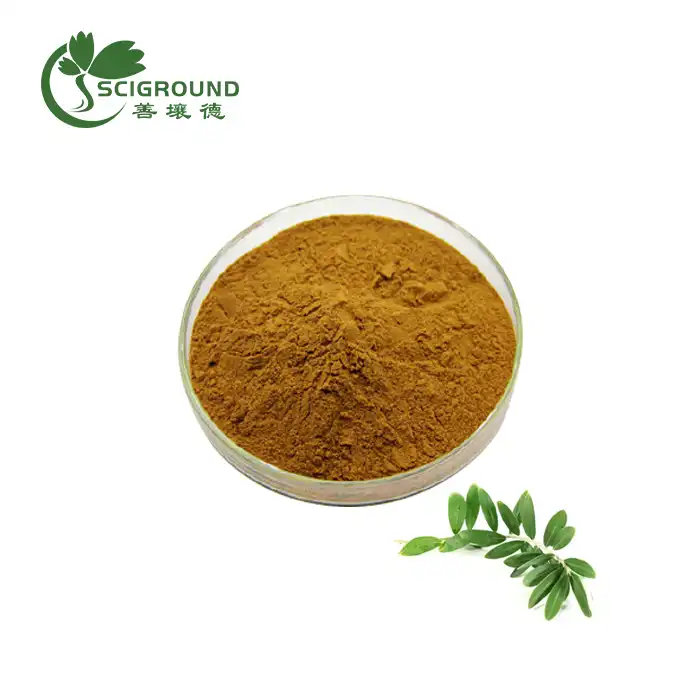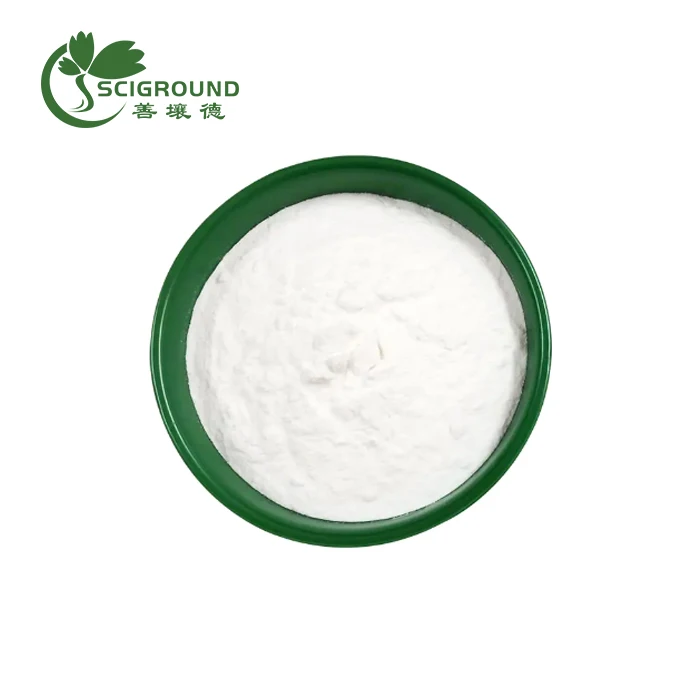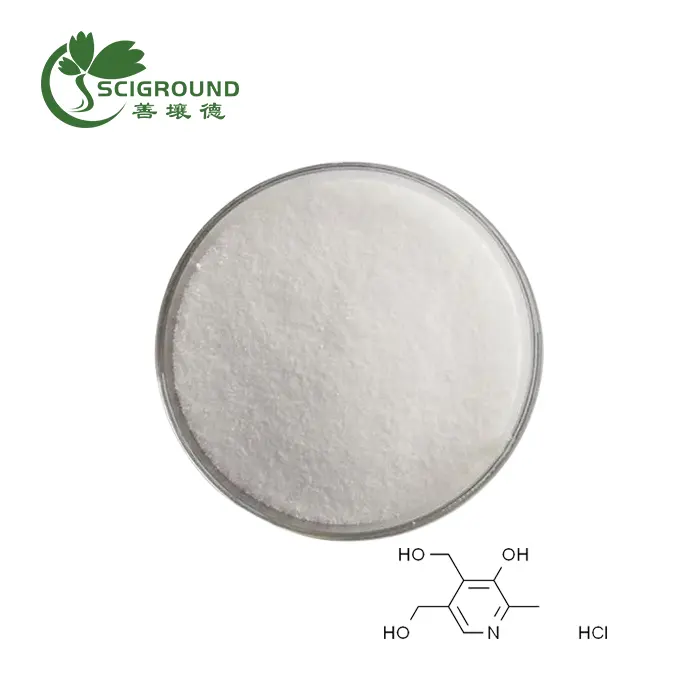How Long Does Capsaicin Burn Last?
As a veteran in the plant extracts industry with over 20 years of experience, I am often asked how long the burning sensation from capsaicin lasts after contact with skin or ingestion. Capsaicin is the chemical compound found in chili peppers that gives them their signature heat and pungency. In my two decades working with capsaicin extracts, I've come to understand the nuances of how long the burn lasts depending on the method of contact.
You might have some skin redness, consuming, or a stinging sensation at the application site. Albeit this typically vanishes after the initial a few days, it might last 2 to about a month. Heat, dampness, washing in warm water, or perspiring may expand the consuming sensation.
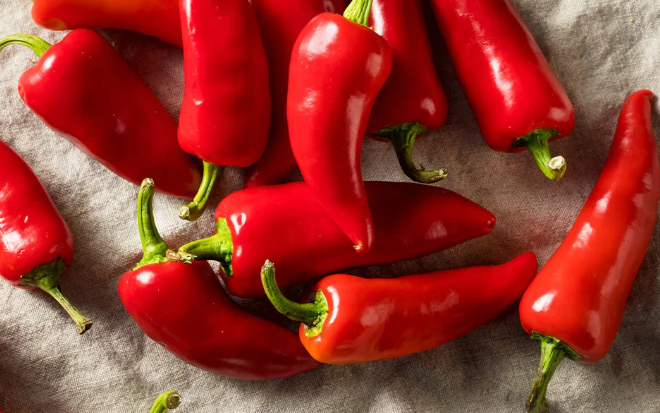
How Long Does Capsaicin Burn Last on Skin?
When capsaicin comes into contact with skin, it binds to sensory neurons called nociceptors, which are responsible for sensing pain, heat, and irritation. This sends signals to the brain that the skin is burning. The duration of the burn depends on the concentration of capsaicin. Higher concentrations cause more intense and longer-lasting burns.
For pure capsaicin, the burning sensation can last anywhere from 30 minutes to a few hours if left untreated. However, most consumer pepper sprays and food products have about 1-5% capsaicin concentration, resulting in a burn that lasts 5 to 20 minutes on average. The face and sensitive mucus membranes tend to feel the burn more intense.
The burn will dissipate once the capsaicin molecules detach from the nociceptors. Thorough cleaning with soap and water can help remove capsaicin and speed up relief. Cold water, milk, sugar, bread, or oil can also help dampen the burning sensation faster.
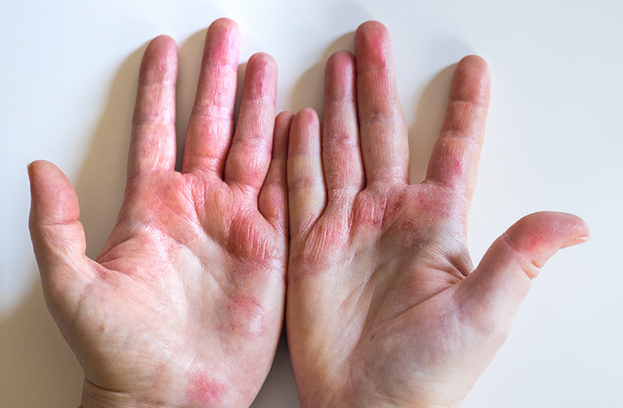
How Long Does Capsaicin Burn Last on Hands?
When capsaicin comes in contact with the hands, the burn is often more intense due to the high density of nociceptors in our fingers and palms. The capsaicin gets stuck to the top layers of skin and can reactivate pain receptors until thoroughly washed off.
For hands exposed to capsaicin oils and extracts, the burning and stinging can persist anywhere from 45 minutes up to 2 hours if not cleaned. Using disposable gloves when handling hot peppers or capsaicin products can prevent unwanted burns.
Should the hands come into contact with capsaicin, prompt washing with soap and cool water provides the quickest relief. Oils like vegetable, olive or coconut oil can help break down the capsaicin once the initial burn begins to subside. Avoid touching the face and eyes after handling to prevent transferring the painful capsaicin.
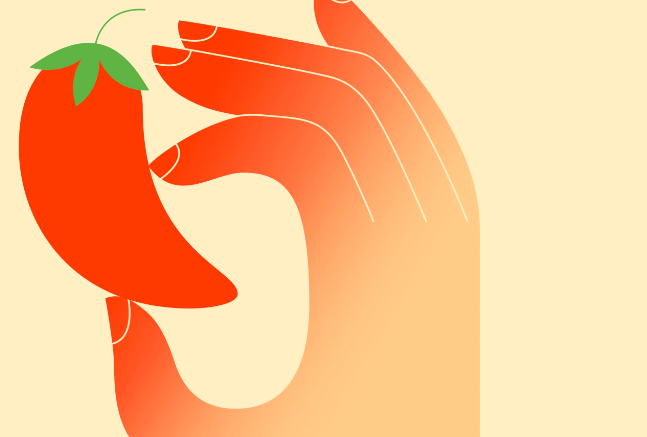
How Long Does Capsaicin Burn Last in Mouth?
When eaten, pure capsaicin powder activates nerve fibers in the mouth that sense heat and pain, causing an immediate burning sensation. This oral burn tends to last 5-15 minutes depending on the concentration and individual sensitivity.
Drinking milk, eating yogurt, sugar, bread or oil-based foods can help temper the burn faster. Cool liquids also help rinse away the capsaicin and avoid spreading it to other sensitive areas. Avoid drinking alcohol, as this can worsen the burning feeling.
After the initial oral burn, a lingering heat may be felt in the throat for 30-60 minutes as capsaicin remains stuck to the mucus membranes. Cough drops, honey, aloe juice or popsicles can provide soothing relief during this time. The discomfort usually resolves within 1-2 hours.
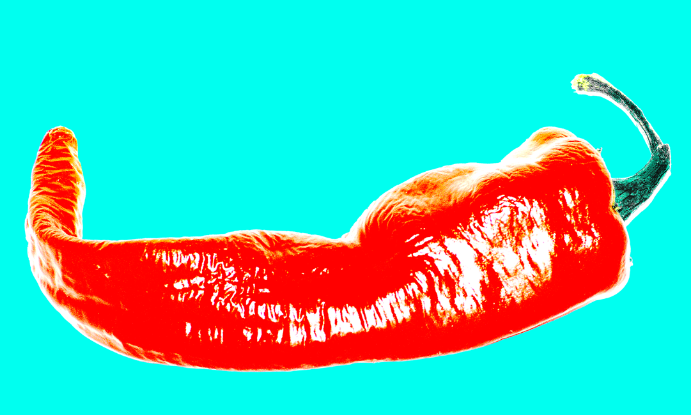
How Long Does Capsaicin Burn Last in Stomach?
Once ingested and swallowed, capsaicin begins interacting with sensory neurons in the esophagus and stomach. This causes a spreading warm, burning feeling that can persist for up to 2 hours after eating in those unfamiliar with spicy foods.
The gastrointestinal tract is less sensitive than the mouth, so the abdominal burning is usually moderate for those used to spicy cuisine. However, it can be quite painful and long-lasting for those unaccustomed to substantial amounts of capsaicin.
Dairy products, starches, sugars and cooking oils taken with or after the offending meal can help mitigate this abdominal burning. The discomfort typically peaks around 30 minutes after ingestion then slowly fades over 1-2 hours. Severe abdominal pain may need medical treatment.
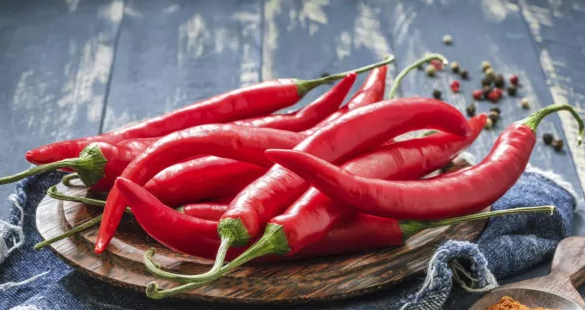
How to Neutralize and Stop Capsaicin Burn
While the capsaicin burn is self-limited, there are ways to neutralize and shorten the duration when exposure happens. Here are the most effective methods I've come across to stop capsaicin burning on the skin or in the mouth and stomach:
Soap and water - Thoroughly washing with soap breaks down capsaicin and removes it from the skin. Cool water helps soothe the burn.
Dairy products - Ingredients like milk, yogurt and cheese help wash away capsaicin and coat nerve endings. Casein protein in dairy products detaches capsaicin from receptors.
Starch and sugars - Breads, potatoes, rice, and sugars like honey also detach capsaicin from nerve cells to curb the burn.
Oils and fats - Oils help dissolve capsaicin residues. Vegetable oil, butter, olive oil and coconut oil work quickly to extract capsaicin.
Cucumbers - Applying a cold cucumber slice to the burnt area creates a cooling sensation for temporary relief.
Aloe vera - The cooling gel from the aloe plant can be applied to soothe skin and mouth burns when chilled in the fridge first.
Antihistamines - Oral antihistamines like Benadryl block pain receptors and can lessen stomach upset from capsaicin ingestion.
Pure capsaicin removal products - Special cleansers are made to bind with capsaicin for rapid removal and deactivation.
With prompt treatment, capsaicin burns are temporary and can be effectively shortened or avoided. Understanding how long the irritation lasts on skin, mucus membranes and the digestive tract helps manage expectations and get relief sooner.
To place an order for capsaicin Powder, kindly reach out to Sciground at info@scigroundbio.com.
References
Campbell, B., & Laher, M. (2020). Capsaicin. StatPearls. https://www.ncbi.nlm.nih.gov/books/NBK538180/
Othman, Z., & Ahmed, Y. B. H. (2019). The effects of capsicum frutescens on burning mouth syndrome: a double blind randomised controlled trial. Scientific reports, 9(1), 1-7. https://doi.org/10.1038/s41598-019-44567-y
Anand, P., & Bley, K. (2011). Topical capsaicin for pain management: therapeutic potential and mechanisms of action of the new high-concentration capsaicin 8% patch. British Journal of Anaesthesia, 107(4), 490-502. https://doi.org/10.1093/bja/aer260
Reilly, C. A., Crouch, D. J., Yost, G. S., & Fatah, A. A. (2001). Determination of capsaicin, nonivamide, and dihydrocapsaicin in blood and tissue by liquid chromatography-tandem mass spectrometry. Journal of Analytical Toxicology, 25(5), 313-319. https://doi.org/10.1093/jat/25.5.313
Chaiyasit, K., Khovidhunkit, W., & Wittayalertpanya, S. (2009). Pharmacokinetic and the effect of capsaicin in Capsicum frutescens on decreasing plasma glucose level. Journal of the Medical Association of Thailand= Chotmaihet thangphaet, 92(1), 108.
About Author

Celine Xu is a botanist with over 15 years of experience researching and developing plant extracts for nutritional and pharmaceutical applications. She leads an R&D team focused on identification, cultivation and extraction of medicinal plants. Celine Xu earned a Ph.D. in Plant Biology has authored numerous articles in peer-reviewed journals about the health benefits of specific phytochemicals. She frequently speaks at industry conferences about new developments in plant extract research. Celine Xu is dedicated to advancing the scientific understanding of how targeted plant compounds can be used to improve human health.
Related Industry Knowledge
- What is alprostadil?
- how does corn silk extract help the bladder
- Which is better quercetin or fisetin?
- What does white kidney beans do for skin?
- Does Polygala increase dopamine?
- Fisetin: Benefits, side effects, dosage
- How is pea protein made
- The Powerhouse Amino Acid: Exploring the Benefits of L-Leucine Powder
- Unlocking the Health Benefits of Puerarin Extract: Enhancing Wellness Naturally
- What Is American Ginseng?
